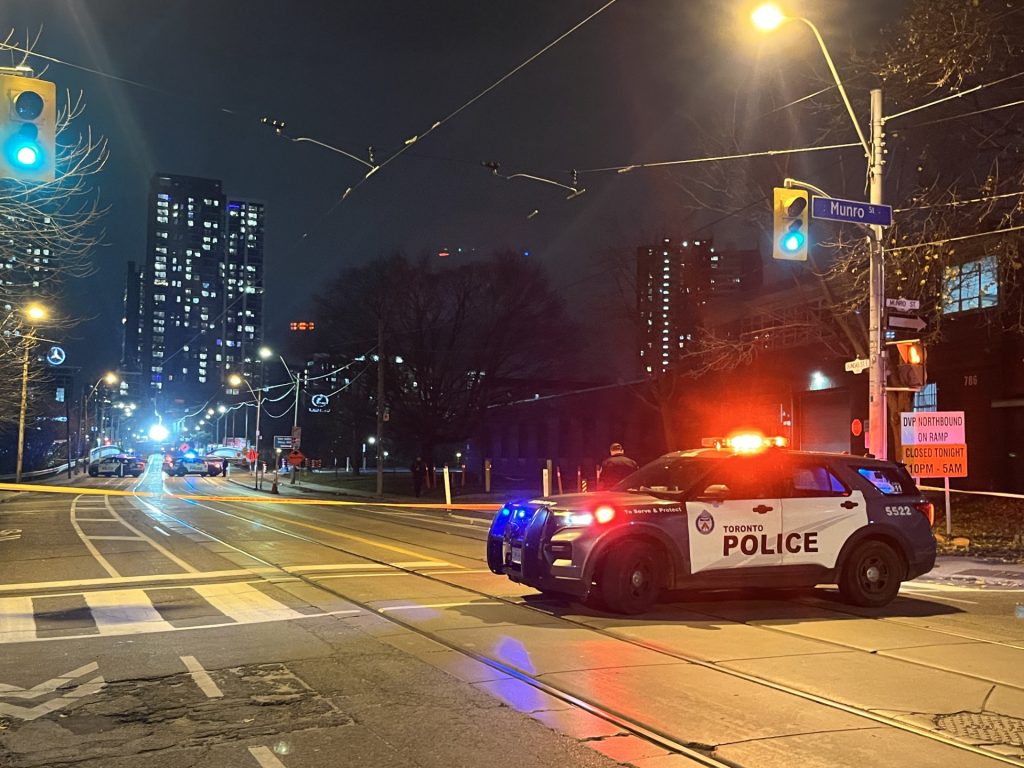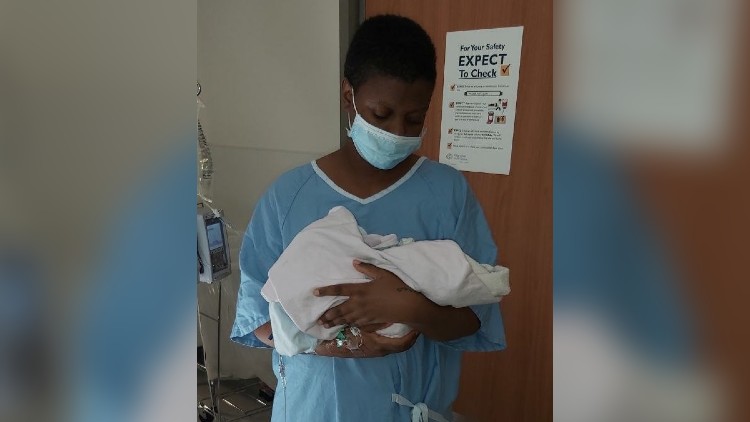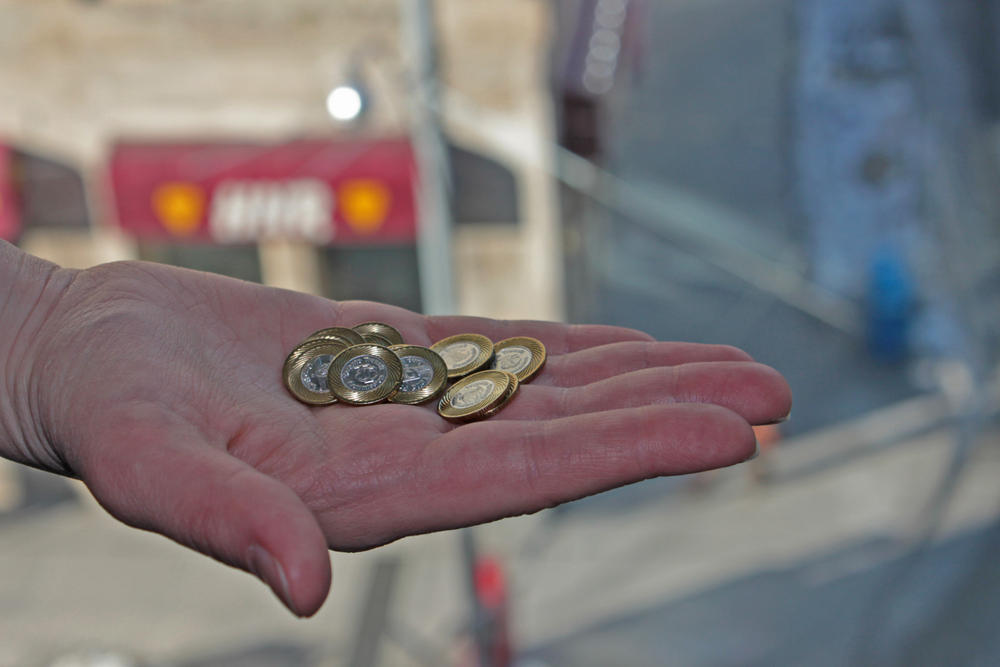Gridlock a ‘paralysis’ on families and businesses: Tory
Posted January 14, 2013 8:11 am.
This article is more than 5 years old.
Gridlock remains a “paralysis” on the Greater Toronto and Hamilton Area (GTHA) and urgent action and funding are needed to combat the problem, supporters of the province’s Big Move transit plan said Monday.
“Gridlock is a seven-day a-week paralysis that deeply affects families and businesses and that has been the case for far too long,” John Tory said at Toronto City Hall.
“Rarely has there been an issue that reaches from Oshawa to Hamilton to Newmarket and all parts in between, “he said.
Tory, the former leader of the Ontario Progressive Conservative Party, is now chair of the Greater Toronto CivicAction Alliance.
The advocacy group kicked off their ”What Would You Do With 32?” campaign in March, asking GTHA residents what they would do with an extra 32 minutes.
The alliance argues that people in the GTHA could save 32 minutes a day commuting if Metrolinx’s Big Move plan is implemented within the next 25 years.
With the Ontario Liberals set to choose a new leader at the end of the month and a likely provincial election to follow, Tory urged candidates to make transit a priority.
“Political leaders at all levels have to brace themselves …and make the admittedly tough choices about how to raise the money necessary to build a better transportation system,” Tory said.
The Greater Toronto CivicAction Alliance notes Toronto’s average commute time is one of the worst in North America — about 80 minutes.
According to Metrolinx, traffic congestion drains about $6 billion from the local economy and that figure is set to nearly triple in the next 20 years if no action is taken.
Key components of the Big Move are a relief line in downtown Toronto and an extension of the Yonge subway line north to Richmond Hill.
Last month, Metrolinx announced construction on the downtown relief line will be completed sometime around 2027 – about 10 years earlier than previously expected at a cost of $3.2 billion
Other projects include light rail transit (LRT) in Mississauga, Brampton and Hamilton, and bus rapid transit (BRT) in Durham, Toronto, Peel and Halton. The next wave also includes investment in the GO Transit rail network, including line extensions, more two-way, all-day service, and electrification of both GO lines and the Union Pearson Express (formerly called the Air Rail Link), the agency said.
More than $16 billion from all three levels of government were allocated to The Big Move’s first wave of projects.








